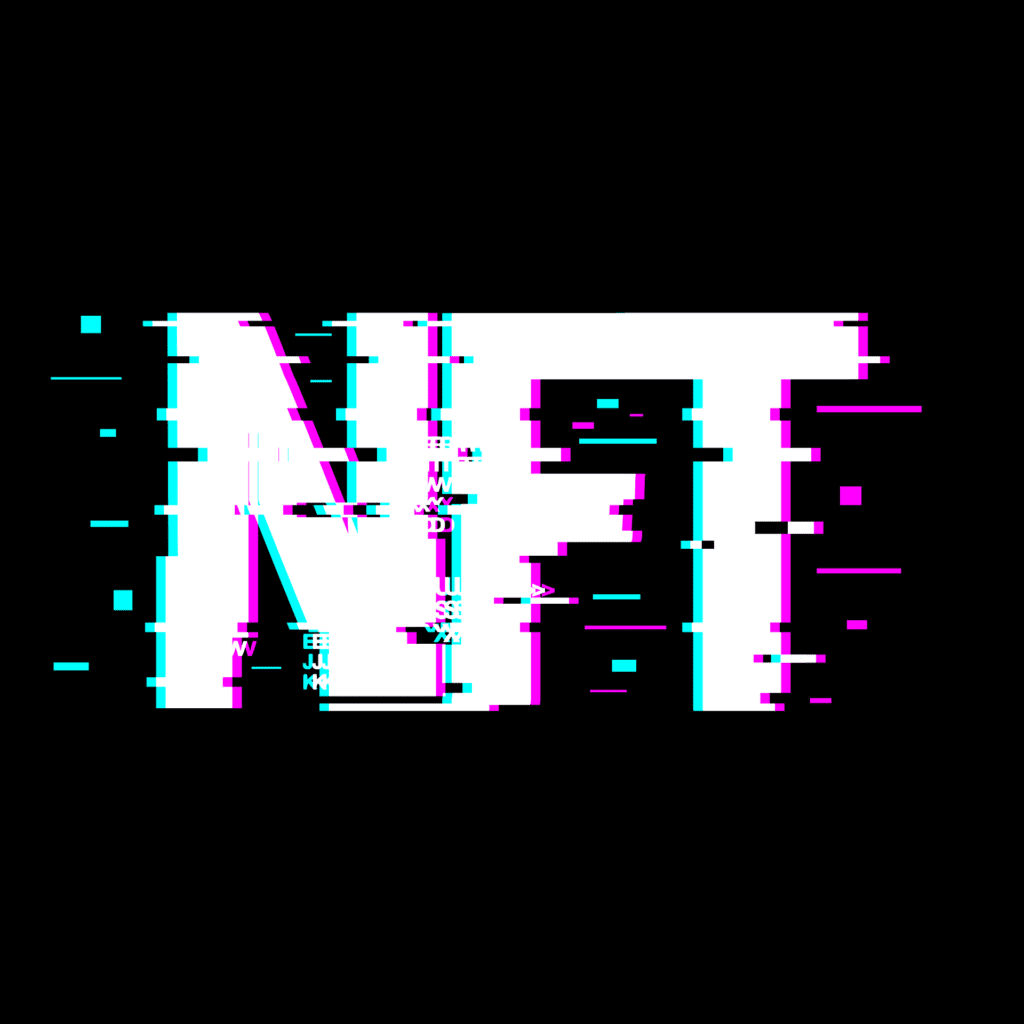NFT : NON FUNGIBLE TOKEN
NFTs, or non-fungible tokens, have recently gained a lot of attention in the world of cryptocurrency and digital art. But what exactly are NFTs and how do they work? In this blog, we’ll explore the features, types, benefits, and challenges of NFTs to give you a better understanding of this exciting new technology.
NFT meaning
NFTs are digital assets that are unique and cannot be exchanged for other assets of equal value. Non fungible means non exchangeable. They are stored on a blockchain, a decentralized database that records transactions and ensures their security and transparency. This means that NFTs are verifiable and cannot be counterfeited, making them a valuable and trustworthy way to represent ownership of digital assets.
Features of NFT
- NFTs are unique, digital assets that are stored on a blockchain and cannot be exchanged for other assets of equal value.
- NFTs can represent a wide range of digital assets, including art, music, videos, and virtual real estate.
- NFTs are verifiable and cannot be counterfeited, making them a valuable and trustworthy way to represent ownership of digital assets.
- NFTs allow artists and creators to have more control over their work and how it is used.
- NFTs provide a new way for artists to monetize their work and bypass traditional gatekeepers.
- NFTs provide a way for artists to authenticate their work and establish ownership.
Benefits of Non fungible token
- NFTs allow artists and creators to have more control over their work and how it is used, including the ability to set rules and restrictions on its use.
- NFTs provide a new way for artists to monetize their work and increase their potential profits.
- NFTs provide a way for artists to authenticate their work and establish ownership, helping to protect their rights.
- NFTs can create unique, one-of-a-kind items that cannot be replicated or counterfeited, adding value and scarcity to the item.
- NFTs have the potential to revolutionize the way we think about ownership and value in the digital world.
- In the real estate industry, NFTs can be used to represent ownership of virtual real estate and other digital assets, providing a new way for investors to diversify their portfolio.
- NFTs can also make it easier for buyers and sellers to complete real estate transactions and transfer ownership of virtual properties.
- The use of NFTs in the real estate industry can also help to reduce the need for paper documents and other physical materials, making the process more efficient and environmentally friendly.
Types of Non fungible token
- ERC-721 NFT: This is the most common type of NFT and is based on the Ethereum blockchain. It is used for representing non-fungible assets and is often used for art, collectibles, and other unique digital items.
- ERC-1155 NFT: This type of NFT allows for the creation of both non-fungible and fungible tokens in a single smart contract. It is a more flexible and efficient option for representing a wider range of assets.
- Fungible tokens: These are interchangeable tokens that can be exchanged for other tokens of the same value, such as Bitcoin or Ethereum. They are typically used for representing more widely traded assets.
- Collectible NFTs: These are NFTs that represent unique, one-of-a-kind items such as art, music, or videos. They are often used by artists and creators to monetize their work and establish ownership.
- Virtual real estate NFTs: These NFTs represent ownership of virtual properties, such as virtual land or buildings in online games or virtual worlds. They can be bought and sold like traditional real estate, with the added benefits of being easily transferable and free from physical constraints.
- Gaming NFTs: These NFTs are used to represent in-game items, such as weapons, armor, or other virtual assets. They can be traded or used to enhance gameplay experiences.
- Utility NFTs: These NFTs are used to represent a wide range of practical uses, such as access to events or services, loyalty points, or membership rights.
Challenges for Non fungible token
- NFTs are still a relatively new technology and are not yet widely understood or adopted, which can make it difficult for artists to find buyers and for collectors to find and purchase NFTs.
- The process of creating and selling NFTs can be complex and may require technical expertise, which can be a barrier for some artists and creators.
- The environmental impact of NFTs has been a source of controversy due to the energy required to create and sell them.
- There are concerns about the lack of regulation surrounding NFTs, which could lead to fraud or other unethical practices.
- Some critics argue that the high prices being paid for some NFTs are unsustainable and could lead to a bubble that eventually bursts.
- There are also concerns about the security and accessibility of NFTs, as they rely on the blockchain and may be vulnerable to hacking or other cyber attacks.
- The lack of standardization within the NFT market can make it difficult for buyers and sellers to know what they are getting, which could lead to disputes or misunderstandings.
Also read : Blockchain technology
Also read : Web 3.0 technology
Also read : Bitcoin and ethereum

